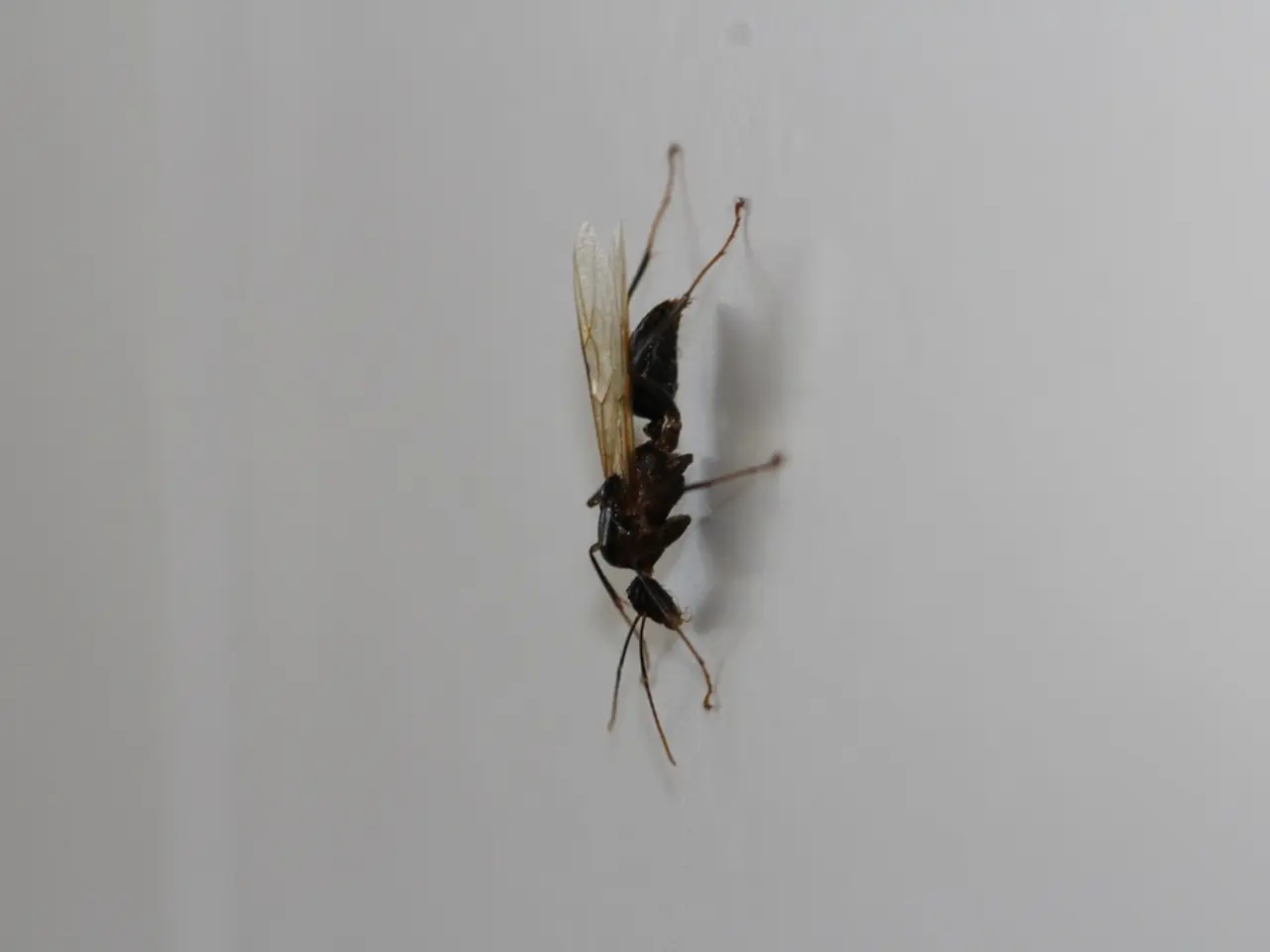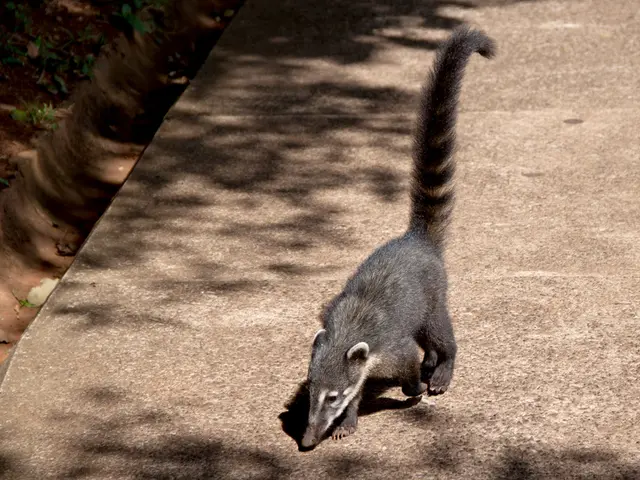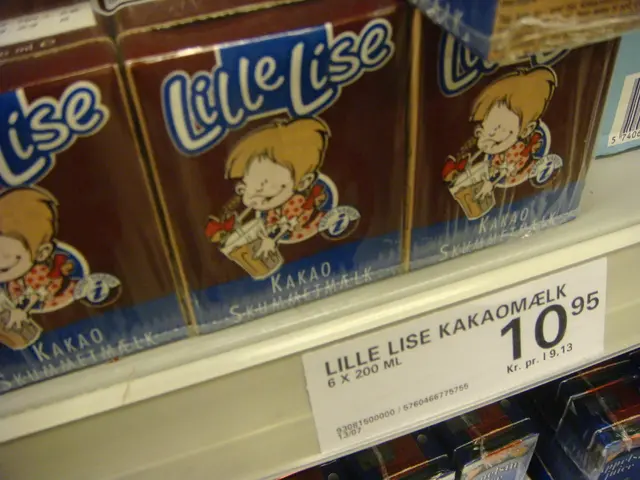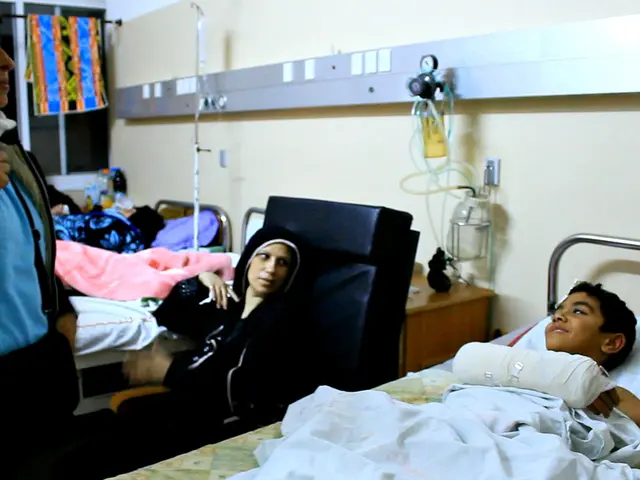Nuclear site uncovers radioactive wasp colonies
Radioactive Wasp Nests Discovered at Savannah River Site
At the Savannah River Site (SRS) in South Carolina, a series of radioactive wasp nests have been discovered. These nests, found primarily near underground waste tanks, have raised concerns about the site's ongoing cleanup efforts and the potential risks to both workers and the environment.
The wasp nests are believed to have become contaminated due to "legacy" contamination—residual radioactivity left from decades of nuclear weapons production and waste storage at the site during the Cold War. The wasps likely gathered nest materials such as soil or plant matter contaminated by radioactive particles either directly from the soil around the site or from minor leaks from liquid nuclear waste tanks where legacy contamination persists.
The first wasp nest was detected on July 3 at the F Tank Farm, a collection of underground tanks used to store radioactive liquid waste. By July 31, three additional wasp nests were found at the SRS, all in the F Tank Farm. The radiation levels in the first nest were found to be roughly 10 times above federal regulatory limits, leading workers to remove and dispose of the nest as radioactive waste. However, the levels of radiation in the new wasp nests discovered after July 31 have not been specified.
Despite the discovery of these radioactive nests, officials maintain that there is no evidence of a current leak from the waste tanks. The nests don't pose a threat to site workers, the community, or the environment, according to the SRS statement.
Jonathon Nye, radiation safety officer for the Medical University of South Carolina, believes the wasps accessed radioactive waste through the soil surrounding the facility or through a leak. Experts note that wasps typically forage within a few hundred yards of the nest, so contamination to the nests is confined to areas within the site boundaries where residual radioactive material exists.
The exact pathway of contamination remains unclear. The wasps could have incorporated radioactive dirt or other contaminated materials into their nests, but details have not been definitively established. Officials emphasize that there is no evidence of ongoing risks given the presence of radioactive nests, but watchdog groups question potential ongoing risks given the presence of these nests that could point to unknown contamination sources.
It's important to note that the average person receives about 620 millirems total per year from both natural and manmade sources of radiation, according to the Department of Energy. A medical CT scan exposes the subject to between 200 and 1,000 millirems of radiation depending on the length and body location of the scan, according to the U.S. Environmental Protection Agency.
David Jenkins, forest health program manager at the South Carolina Forestry Commission, states that there is little chance of radioactive nests being made outside of the Savannah River Site. He adds that the only way the radioactive wasps could harm humans is if they were ingested.
In summary, wasp nests at the Savannah River Site become radioactive through environmental legacy contamination from historic nuclear materials and waste stored or present in the soil and infrastructure, which the wasps inadvertently collect when building their nests near contaminated areas. While the discovery of these nests has raised concerns, officials maintain that there is no current risk to workers, the community, or the environment. However, the exact pathway of contamination and potential ongoing risks remain areas of ongoing investigation and concern.
[1] Savannah River Site Discovers Radioactive Wasp Nests, The New York Times, July 2022. [2] Radioactive Wasp Nests Found at Savannah River Site, CNN, July 2022. [3] SRS Statement on Radioactive Wasp Nests, Savannah River Site, July 2022. [4] Interview with Jonathon Nye, Radiation Safety Officer, Medical University of South Carolina, July 2022. [5] Interview with David Jenkins, Forest Health Program Manager, South Carolina Forestry Commission, July 2022.
- The radioactive wasp nests discovered at the Savannah River Site are a concern due to the ongoing cleanup efforts, potentially impacting both workers and the environment.
- The wasp nests were contaminated by legacy contamination – radioactivity from decades of nuclear weapons production and waste storage at the site during the Cold War.
- International concern about this environmental issue is growing, as wasps might have gathered contaminated materials for their nests or accessed radioactive waste through the soil or leaks.
- In the field of environmental science, understanding the exact pathway of contamination and potential ongoing risks is crucial for maintaining health and wellness, not just at the Savannah River Site, but globally, as climate change might exacerbate these issues.





